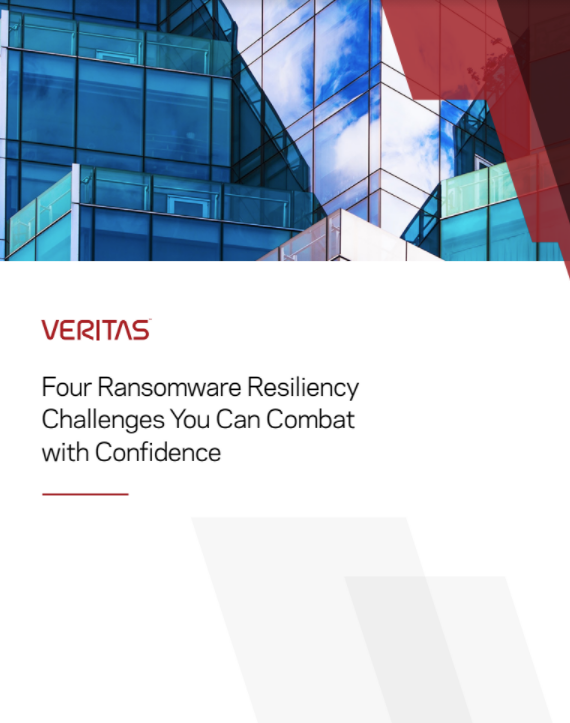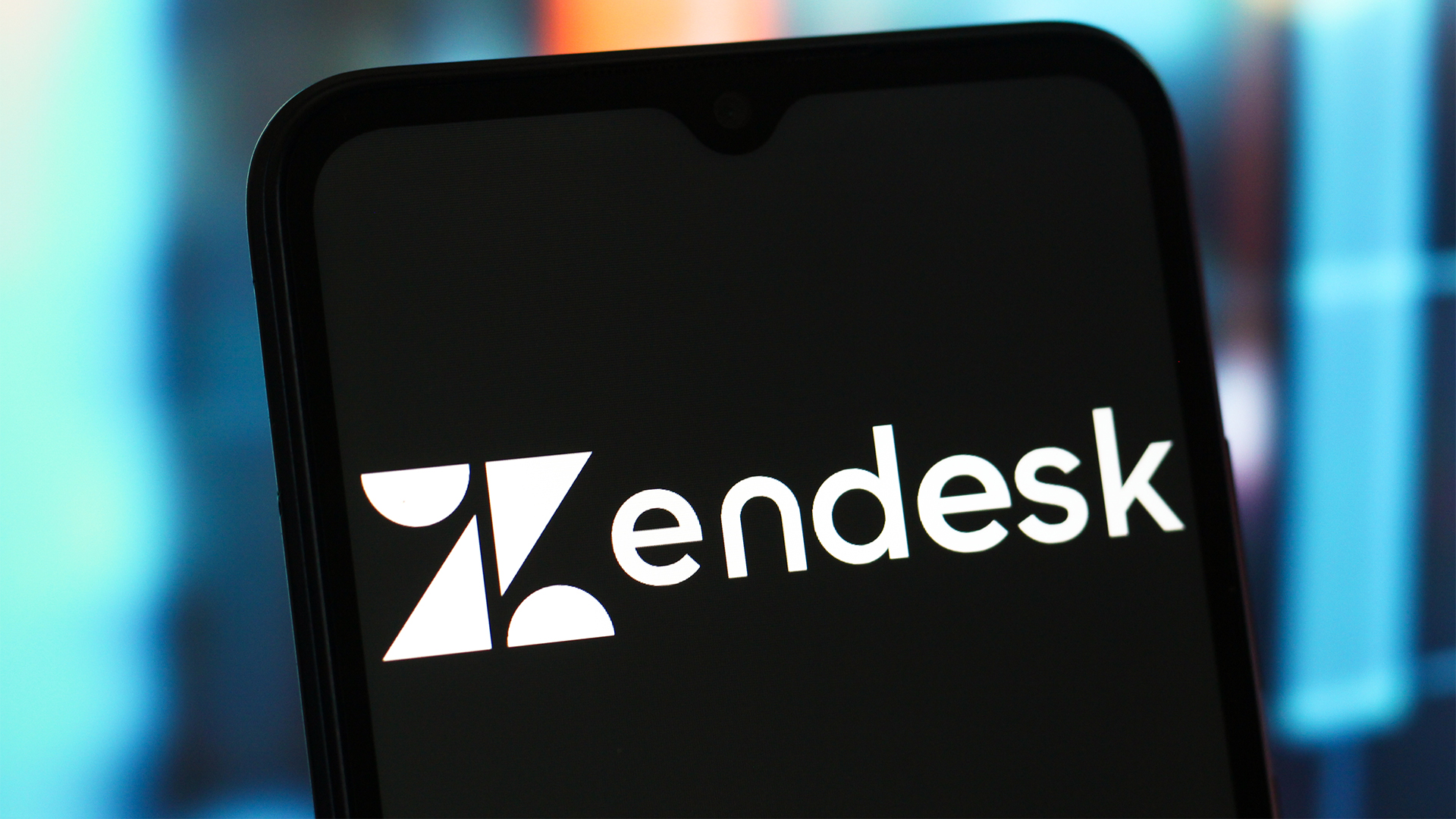Ransomware criminals look to other hackers to provide them with network access
New report finds ransomware gangs are buying access from hackers planting backdoors


According to a new report, cyber criminals distributing ransomware are increasingly turning to other hackers to buy access into corporate networks.
Researchers at Proofpoint said a “robust and lucrative criminal ecosystem” exists where criminals work together to carry out ransomware attacks. In this ecosystem, ransomware operators buy access from independent cyber criminal groups who infiltrate major targets for part of the ransom proceeds.
“Cyber criminal threat groups already distributing banking malware or other trojans may also become part of a ransomware affiliate network,” said researchers.
The researchers tracked ten threat actors acting as initial access facilitators or likely ransomware affiliates. They also found there is not a one-to-one relationship between malware loaders and ransomware attacks. Instead, multiple threat actors use the same malware payloads for ransomware distribution.
“Ransomware is rarely distributed directly via email,” the report said. “Just one ransomware strain accounts for 95 percent of ransomware as a first-stage email payload between 2020 and 2021.”
The hackers who offer access compromise organizations via first-stage malware like The Trick, Dridex, or Buer Loader. They will then sell their access to ransomware operators to deploy data theft and encryption operations.
Researchers said banking trojans – often used as ransomware loaders – represented 20% of malware seen in named campaigns in the first half of 2021, making it the most widespread malware type the company sees in the landscape.
Sign up today and you will receive a free copy of our Future Focus 2025 report - the leading guidance on AI, cybersecurity and other IT challenges as per 700+ senior executives
RELATED RESOURCE

Four ransomware resiliency challenges you can combat with confidence
The benefits of a multi-layered security solution
Researchers also saw evidence of ransomware deployed via SocGholish, which uses fake updates and website redirects to infect users, and via the Keitaro traffic distribution system (TDS) and follow-on exploit kits that operators use to evade detection.
In the course of investigations into this ecosystem, researchers tracked several hackers operating as initial access facilitators.
TA800 is a large cyber crime actor Proofpoint has tracked since mid-2019. This threat actor attempts to deliver and install banking malware or malware loaders including The Trick, BazaLoader, Buer Loader, and Ostap.
TA577 is a prolific cyber crime threat actor Proofpoint has tracked since mid-2020. This actor conducts broad targeting across various industries and geographies. Proofpoint has observed TA577 deliver payloads including Qbot, IcedID, SystemBC, SmokeLoader, Ursnif, and Cobalt Strike. Researchers said that TA577 is associated with the March 2021 Sodinokibi ransomware infection.
According to researchers, with the US government proposing new efforts to combat ransomware, “it is possible with new disruptive efforts focused on the threat and growing investments in cyber defense across supply chains, ransomware attacks will decrease in frequency and efficacy.”
Rene Millman is a freelance writer and broadcaster who covers cybersecurity, AI, IoT, and the cloud. He also works as a contributing analyst at GigaOm and has previously worked as an analyst for Gartner covering the infrastructure market. He has made numerous television appearances to give his views and expertise on technology trends and companies that affect and shape our lives. You can follow Rene Millman on Twitter.
-
 15-year-old revealed as key player in Scattered LAPSUS$ Hunters
15-year-old revealed as key player in Scattered LAPSUS$ HuntersNews 'Rey' says he's trying to leave Scattered LAPSUS$ Hunters and is prepared to cooperate with law enforcement
-
 The Scattered Lapsus$ Hunters group is targeting Zendesk customers – here’s what you need to know
The Scattered Lapsus$ Hunters group is targeting Zendesk customers – here’s what you need to knowNews The group appears to be infecting support and help-desk personnel with remote access trojans and other forms of malware
-
 Impact of Asahi cyber attack laid bare as company confirms 1.5 million customers exposed
Impact of Asahi cyber attack laid bare as company confirms 1.5 million customers exposedNews No ransom has been paid, said president and group CEO Atsushi Katsuki, and the company is restoring its systems
-
 The US, UK, and Australia just imposed sanctions on a Russian cyber crime group – 'we are exposing their dark networks and going after those responsible'
The US, UK, and Australia just imposed sanctions on a Russian cyber crime group – 'we are exposing their dark networks and going after those responsible'News Media Land offers 'bulletproof' hosting services used for ransomware and DDoS attacks around the world
-
 A notorious ransomware group is spreading fake Microsoft Teams ads to snare victims
A notorious ransomware group is spreading fake Microsoft Teams ads to snare victimsNews The Rhysida ransomware group is leveraging Trusted Signing from Microsoft to lend plausibility to its activities
-
 Volkswagen confirms security ‘incident’ amid ransomware breach claims
Volkswagen confirms security ‘incident’ amid ransomware breach claimsNews Volkswagen has confirmed a security "incident" has occurred, but insists no IT systems have been compromised.
-
 The number of ransomware groups rockets as new, smaller players emerge
The number of ransomware groups rockets as new, smaller players emergeNews The good news is that the number of victims remains steady
-
 Teens arrested over nursery chain Kido hack
Teens arrested over nursery chain Kido hacknews The ransom attack caused widespread shock when the hackers published children's personal data


